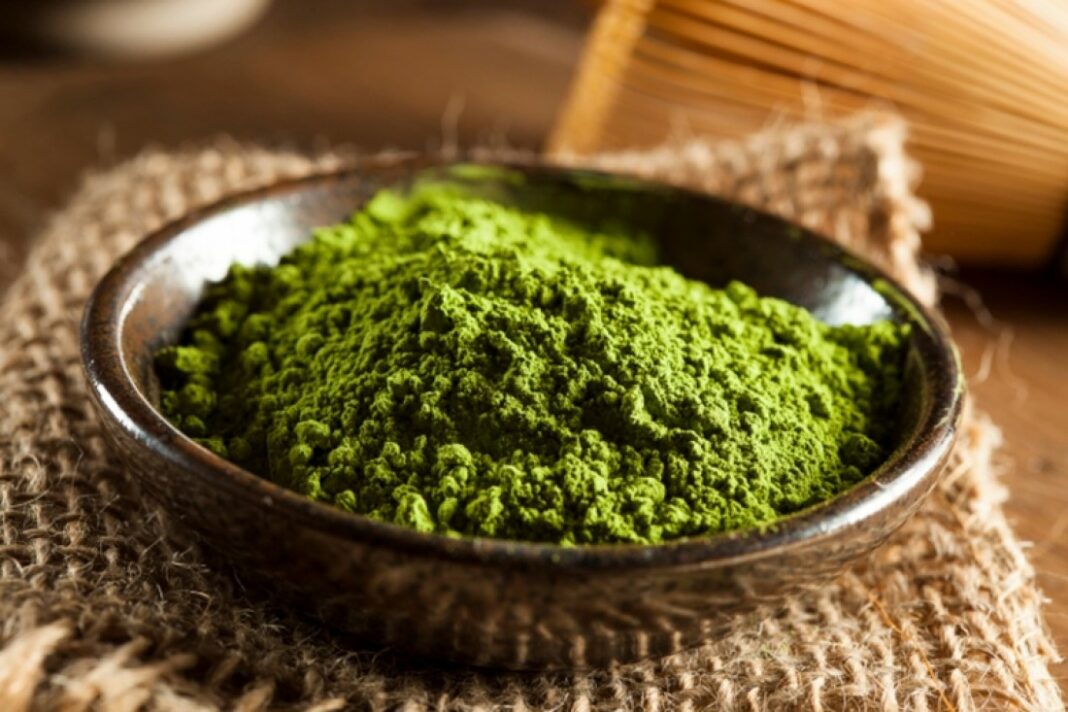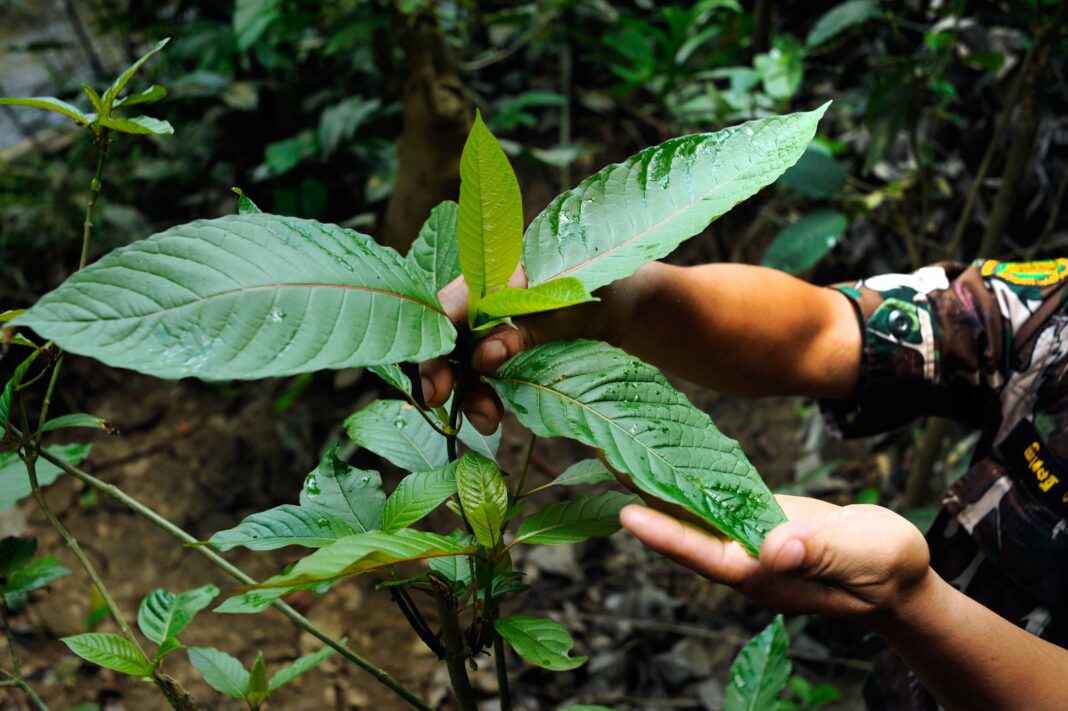Kratom contains a number of nitrogen-based compounds called Alkaloids. Alkaloids are found in a host of other plants in nature. In fact, there have been over 3,000 types of alkaloids identified in 4,000 plants around the world. Well-known alkaloids include:Nicotine (found in tobacco plants)Caffeine (found in coffee beans)Cocaine (found in the coca plants)Morphine & Codeine (from the poppy plant)To date, more than 20 different alkaloids have been identified in Kratom by researchers. The most abundant of these alkaloids is mitragynine, which is a partial opioid agonist, central to the plant’s pain-relieving, euphoric qualities.The brain is made up of billions of neurons, all passing information to one another. This information is responsible for everything and anything in your reality – from what you see, what you think, and all the bodily systems keeping you alive.The brain is made up of billions of neurons, all passing information to one another. This information is responsible for everything and anything in your reality – from what you see, what you think, and all the bodily systems keeping you alive. Opioid-receptors are famous for inhibiting pain signals from one neuron to the next, leading to the pain-relieving qualities they are famous for. Opioid-receptors also rush the brain with dopamine, responsible for the brain’s reward system. Opioid-receptors are activated by opioids found in substances such as heroin, morphine, or codeine.There is a host of problems with opioids, one of which being their addictive qualities. With regular use, opioid-receptors get accustomed to being occupied, making it part of its normal, everyday chemistry. This is why users of opioid drugs find it so difficult to get off them.When these opioid receptors are suddenly unoccupied, withdrawal symptoms occur such as fever, sweating, shaking, diarrhea, and extreme pain. Over time, users need to consume drugs and medication regularly simply to feel normal.What makes mitragynine in Kratom so special is it is an partial opioid agonist. They act similarly to opioids, but instead of attaching to the opioid-receptors, they simply act as placeholders. This tricks the brain into activating the opioid-receptors, but without many of the physical downsides of actual opioids.This is why Kratom is widely used by those looking to overcome their heroin addiction. They’re able to hit the brain’s same receptors, while their body weens off the need for the drug. Opiate.com has made the analogy of opioid receptor agonist akin to that of caffeine free diet coke, it gives the user the same sensations without the physical problems associated with the original substance.Dr. Susruta Majumdar, a chemist at Memorial Sloan Kettering Cancer Center, is a leading researcher in mitragynine. In a recent articlefrom Scientific American he spoke of mitragynine:Think of this receptor as the ignition to a “hybrid car,” Varadi explains, and the opioids that bind to it as keys. A typical opioid such as morphine turns on the “electric engine,” and that leads to a desired effect like pain relief. But it also starts up the “gas engine,” causing negative side effects. The mitragynine molecules from kratom seem to activate mostly the “good” systems, leaving behind the unwanted effects yet keeping pain relief.Documentary filmmaker Chris Bell, a long-term Kratom user, describes how Kratom works compared to traditional opioids: Kratom has alkaloids that work like opioids. They attach to opioid receptors but not in the same way. If you look at oxycontin, when it attaches to opioid receptor, it’s stuck in there like a screw. With Kratom, it sort of drifts around the top of the opioid receptor, it doesn’t attach nearly as hard. They say that opioids attach one thousand times greater to the opioid receptor than anything found in nature, and Kratom is found in nature.


